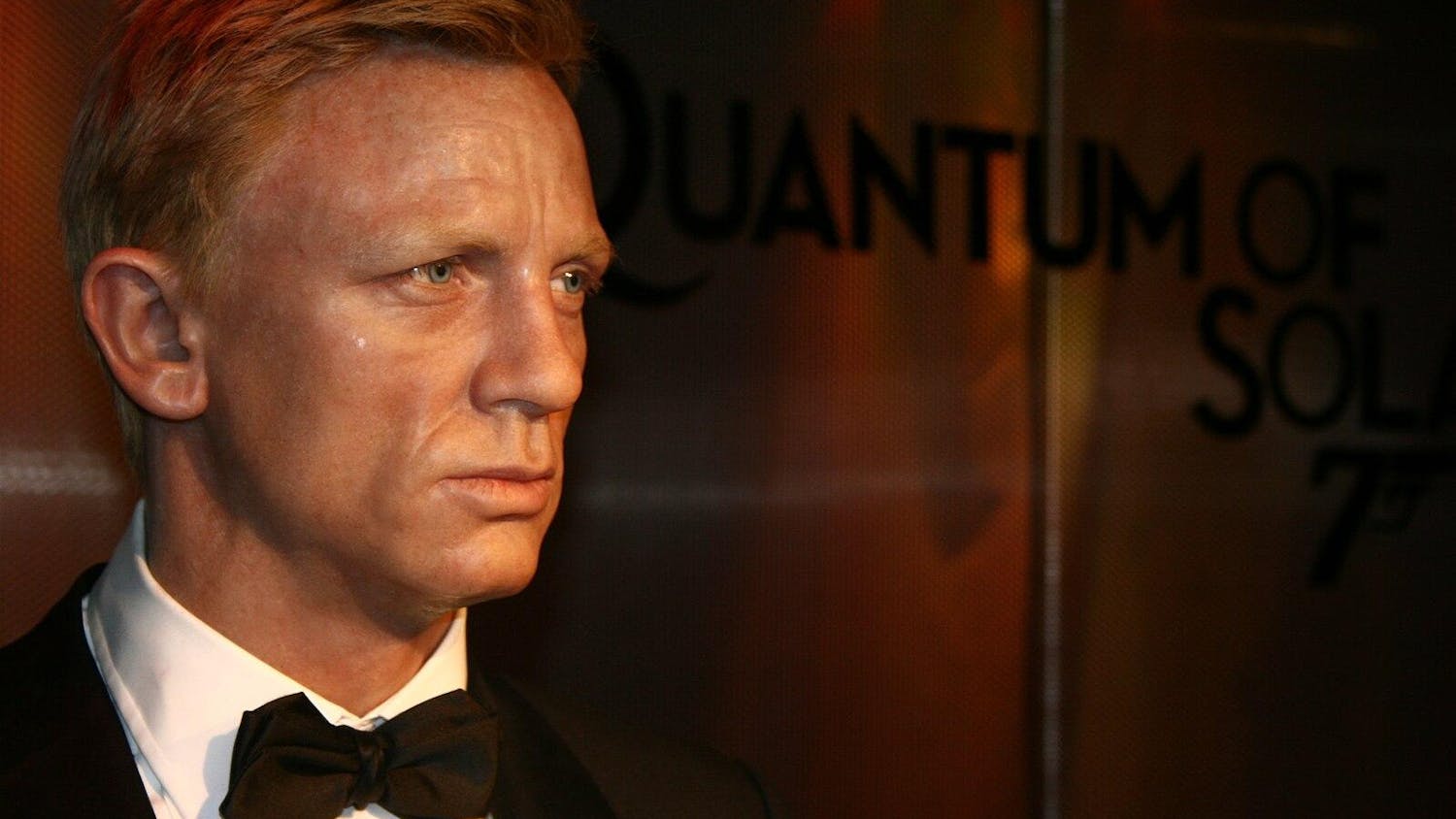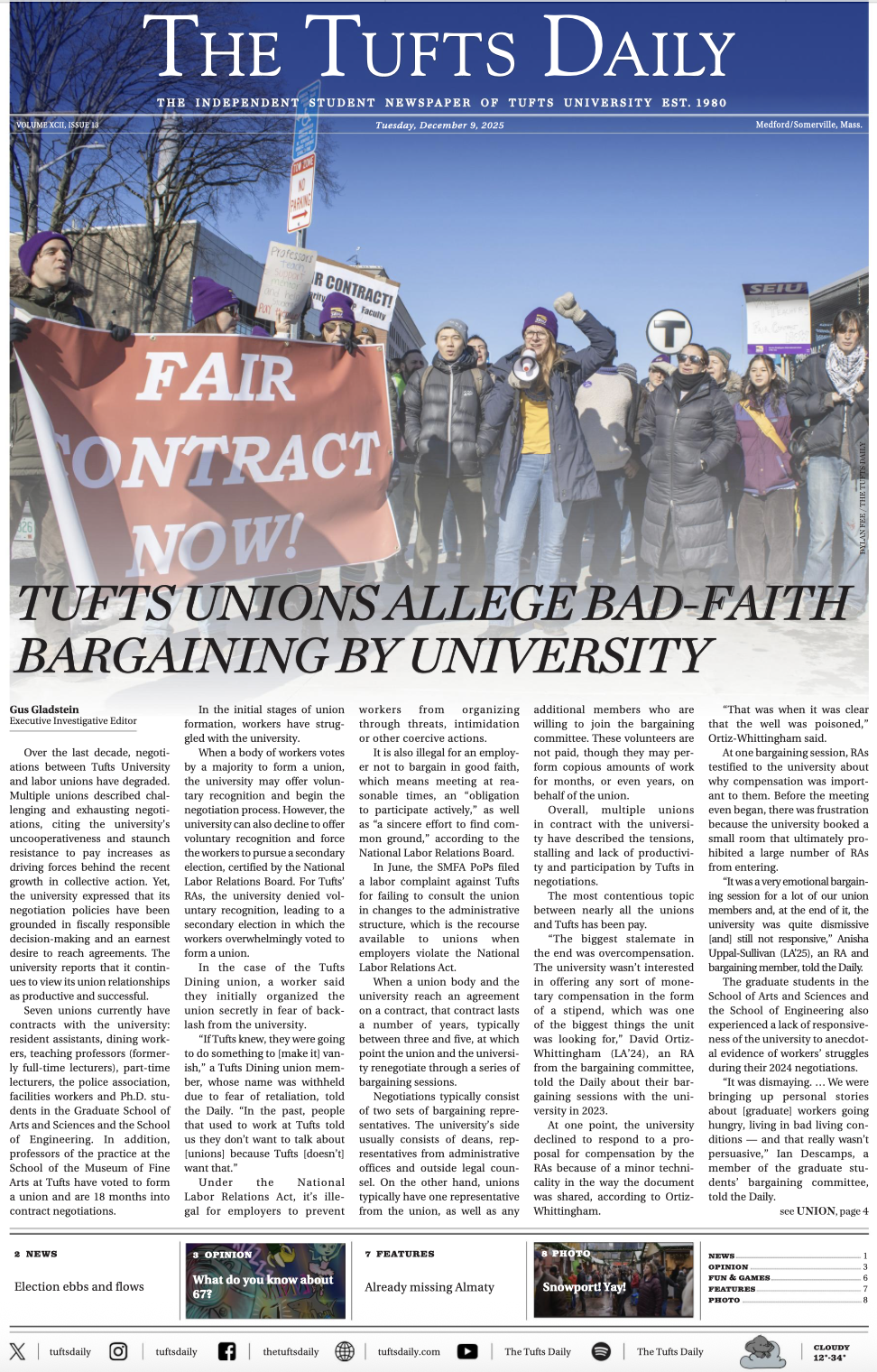The Whitney Museum’s decision to move from its Madison Avenue location to the Meatpacking District was a bold, yet very smart judgment for many reasons. Moving downtown meant moving away from big name competitors such as the MoMA and Guggenheim. Yet the move also meant that the museum is now closer to the art galleries in Chelsea and SoHo which allows the museum to be more in touch with the contemporary art scene. Moving to a livelier and trendier neighborhood means a larger audience for the museum. The Whitney's Frank Stella retrospective was a blockbuster and, as proven by the increasing number of Instagram and Facebook check-ins, the museum has significantly become more popular, especially among young museumgoers.
While the Whitney’s new location has been beneficial for the institution, the Met has made an even smarter move by acquiring the old Whitney and transforming it into the Met Breuer. Up until now, compared to other large museums, the Met had two major shortcomings — it did not have a substantial contemporary art collection, especially compared to the MoMA, and focused almost exclusively on Western art, unapologetically ignoring other cultures. The Met Breuer seeks to address these flaws by focusing on contemporary art and promoting diversity. While the Met Breuer is more or less able to reach its goal, the overall museum experience is nevertheless disappointing.
It is fitting that the Met Breuer is placed on Madison Avenue. Even if it does concentrate on modern and contemporary art, the exhibitions at the Met Breuer are nowhere as groundbreaking as the exhibitions at the Whitney or New Museum. However, the location is not necessarily out of touch with the contemporary art, with the Gagosian Gallery located only two blocks away.
The inaugural shows wish to overcome the issues with which the Met has been struggling. By contrasting recent works with Classical paintings, the first show “Unfinished: Thoughts Left Visible” serves to signify the Met’s effort to be more in touch with contemporary art. Featuring “unfinished” works from Titian to Van Gogh to Warhol and Basquiat, the show covers more than 500 years of Western art. The first floor, which covers Renaissance to Post-impressionism, is intriguing. There is something unethical, almost sinister, about seeing unfinished work in a museum setting, and finding meaning in its incompleteness allows for a thought-provoking and new way to view art.
While the first floor is somewhat interesting, the second floor is a mess. The whole floor is strangely curated; one jumps from Picasso to Felix-Gonzalez in a single room. The “unfinished” concept is stretched for the sake of contemporary art, and most of the recent works are not really unfinished. For example, the show considers a drip painting by Pollock to be unfinished because it does not have clear borders. Felix-Gonzalez’s masterpiece “Portrait of Ross in LA” (1991) is defined as unfinished because the work destructs and constructs itself eternally. These definitions of “unfinished” feel more like an excuse to present contemporary art, with some of the works, like Rodin’s “Hand of God” (1898), lacking explanations as to why they are "unfinished." While most of these works are by major artists who are significant within the history of art, they are nonetheless out of context with the theme of the exhibition.
The museum also features a retrospective of the Indian artist Nasreen Mohamedi. Selecting Nasreen Mohamedi as the first major artist to have a retrospective in the museum is a pleasant decision, but it also feels misplaced. Mohamedi is a tremendously talented artist and it is a shame that her work has up to now been so underrated, but her work in this exhibit, however, which largely consists photographs and ink work of rectangular space and structures, is not flashy enough to lead the inaugural show.
Overall, the Met Breuer is a terrific concept that fails to meet expectations with its first shows. Following in the footsteps of the Tate Museum in London (which separated into the Tate Modern and Tate Britain in early 2000s), the Met hopes to become a leading institution in every single period of art. In the case of the Tate, the separation was a success. The Met has potential to be equally successful, yet only time will tell whether the institution will join the ranks of the MoMA and Guggenheim in terms of contemporary art.
'Met Breuer' fails to meet expectations

The Breuer building in 2010, when it was the Whitney Museum of Art.
Summary
The Met Breuer explores some interesting ideas in its opening shows but stumbles in execution.
2.5 Stars





